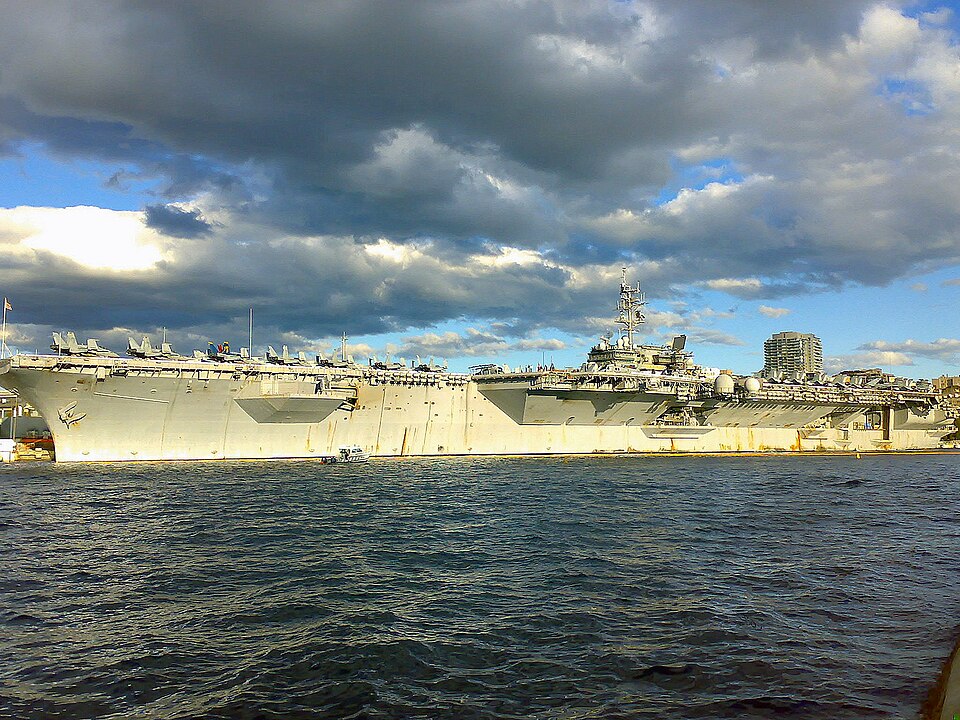
The iconic USS Kitty Hawk, a veteran of several wars and the last oil-powered aircraft carrier in the U.S. Navy, has reached its final destination, not with the fanfare befitting a distinguished naval vessel, but with the quiet finality of being sold for scrap.

On January 15, 2022, the storied Kitty Hawk embarked on her last voyage, leaving Bremerton, en route to a scrapyard in Texas, marking an end of service that spanned from the Vietnam War to operations during the Iraq War.

Commissioned in 1961, the USS Kitty Hawk quickly distinguished itself as a formidable asset in the U.S. Navy’s carrier fleet. It notably received the Presidential Unit Citation in January 1969 for the pivotal role its crew and Carrier Air Wing Eleven played during the intense combat of the Vietnam War.

Even as the dawn of the new millennium brought advanced technology and new classes of carriers, the Kitty Hawk remained a crucial platform for military operations, notably during Operation Southern Watch in the early 2000s.

Despite its storied past and the memories forged aboard its decks, the USS Kitty Hawk and its sister ship, the USS John F. Kennedy—another oil-powered giant of the seas—were sold for a paltry sum, one cent and one penny respectively. The vessels’ fates were sealed as their utility and operational conditions waned following decommission.

The Kitty Hawk, after over a decade in limbo at a shipyard in Puget Sound, and the John F. Kennedy, decommissioned two years prior to Kitty Hawk, were destined to be dismantled alongside each other, their historic contributions not enough to save them from the cutters’ torches.

The USS Kitty Hawk’s journey to the scrapyard was a testament to the logistical challenges and the end-of-life considerations for such massive vessels.

It was too large to pass through the Panama Canal and therefore made a 16,000-mile trip, arriving in Texas five months later. This once mighty ship, capable of 30 knots and home to a crew of 4,582, had to be towed by tugboats due to non-operational steam boilers and turbines. Throughout its life, the carrier played host to a variety of aircraft, ranging from the A-1 Skyraider to the F-14 Tomcat, symbolizing the evolution of naval air power.
related images you might be interested.












